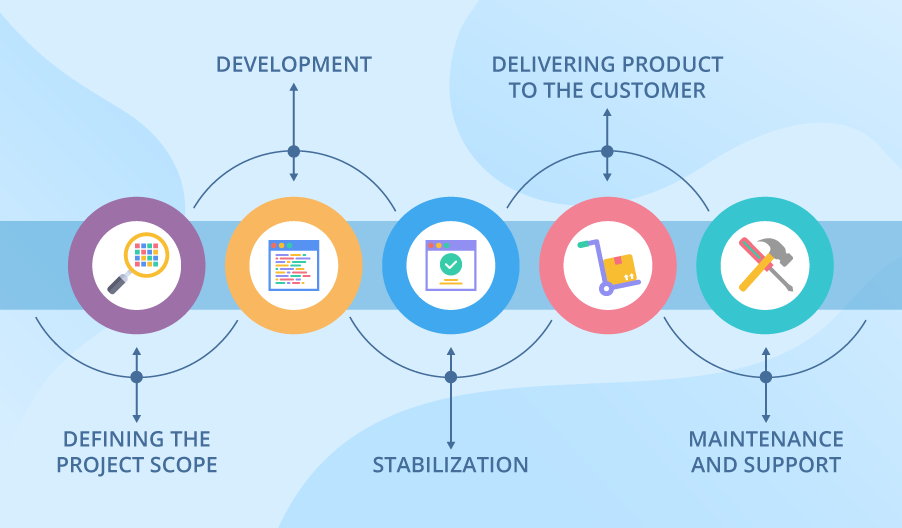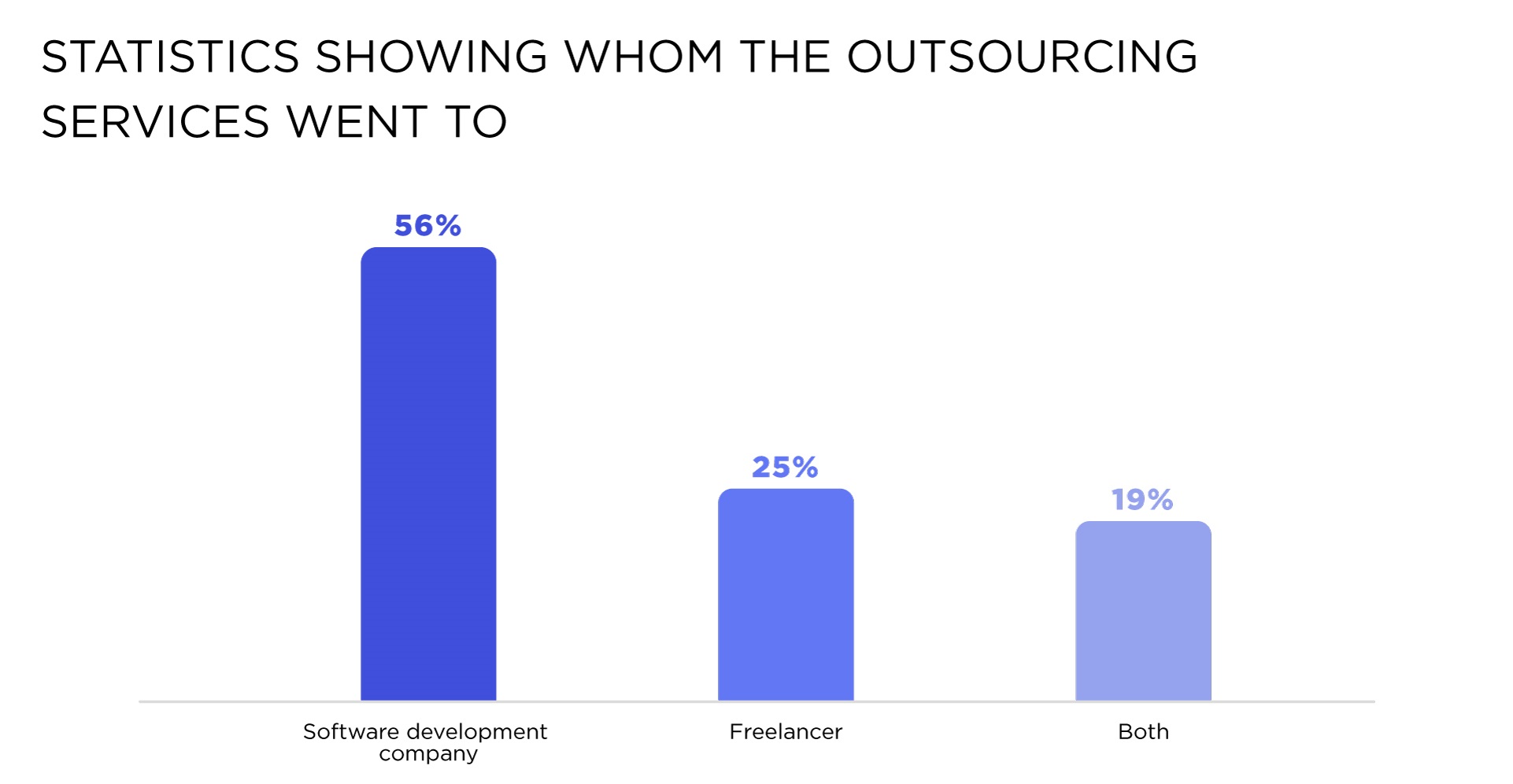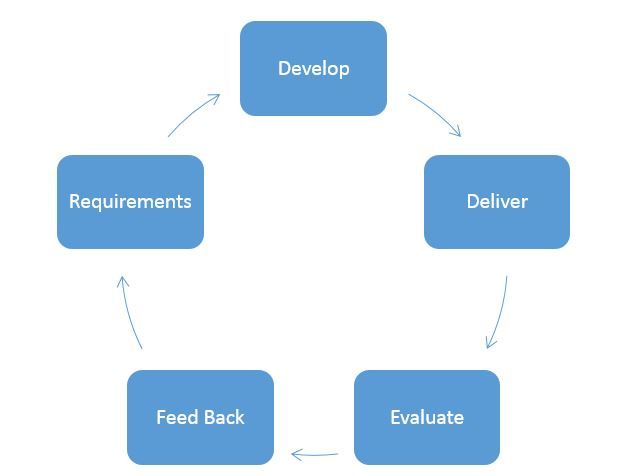 Back to all articles
Back to all articles
Blogs
How to Increase the Productivity of your Remote Software Engineering Team?


Do you know amid the global crisis, more and more companies are hiring remote software engineering teams? It wouldn’t be wrong to say that it is gradually becoming a new trend for companies. Let’s learn the basics first; software development is the process of specifying, designing, programming, and testing involved in developing applications. And when it comes to the software development lifecycle, you might be aware that it is fraught with numerous complex processes. This issue has been a significant hindrance in the goal of increasing productivity.
In this article, I will try to outline the points on how your remote software engineering team’s productivity can be augmented. So without any delay, let’s get into it.
Adaptability
Aiming to develop a new product or feature? Make sure to build a Minimum Viable Product—it is a product with enough features to validate its idea early in the product development cycle. Once you are done with MVP, gather enough feedback to adapt to it and start building on it. Remember, feedback is critical.

Clear Direction
It is no secret that without a clear direction, a team can never be aligned nor motivated. Always keep in mind that your team is made up of unique individuals, and a good team only works efficiently if they are working as a single entity with eyes on the goal. Set simple and achievable goals.
You should leverage the power of automation since a wide variety of tools are available these days. In order to get rid of redundancy, scan your processes. There is massive room for automation opportunities at each stage of the software development life cycle. In fact, you’d be amazed to learn that today even Cloud availability infrastructure can also be automated.

Achieve Automation
You should leverage the power of automation since a wide variety of tools are available these days. In order to get rid of redundancy, scan your processes. There is massive room for automation opportunities at each stage of the software development life cycle. In fact, you’d be amazed to learn that today even Cloud availability infrastructure can also be automated.

Build or Buy?
Whenever you plan to start a new project, ask yourself two questions!
- Should I build the product myself?
- Or should I buy it?
To reach the right decision, you have to invest some time researching. If you think that it is feasible to hire a remote software engineering team, then go for it. All in all, you should keep the ‘building it yourself’ option as a last resort.

Keep Technical Debt at Bay
This is where experts are split. Some say that it is a silent killer, and it should be avoided at all costs. In contrast, the other lot believes that it is a ‘must-have’ for development projects to move on smoothly. But whatever is true, an effort should be made to keep the technical debt under control to complete your project successfully.

Feedback All Along
As discussed earlier, feedback is an essential part of the software development life cycle. The more and timely feedback your remote software engineering team receives, the easier it gets to incorporate and improve value to the project. Likewise, ‘pre-design’ discussions should be a set norm to generate critical feedback.

Ramp up the Expertise
I am sure your team is brimming with talents. So assess your remote software engineering team closely. Look at their strengths and weaknesses. Strengths should be further elevated to increase their level of expertise, whereas weaknesses should be addressed to iron out. Efforts should be made to motivate them to acquire additional relevant skills.

Cut the Rework
The sooner the issues are detected in the development cycle, the earlier they are dealt with. This approach is highly cost-effective. Implement checks such as check-in policies, code reviews, coding standards to prevent rework. The mantra of ‘Do it right the first time’ should be followed.
Your Remote Software Engineering Team’s Brimming with Productivity!
I am sure you’ll agree time is valuable. Get rid of every process that does not add value to your project. It is a tried and tested method to improve productivity. Keep in mind that increasing productivity is a constant process. With the right direction and continuous measurement, the scope for increasing productivity is immense. You can do wonders!
Don't hire us right away
talk to our experts first,
Share your challenges, & then decide if we're the right fit for you! Talk to Us
Partnerships & Recognition
Commitment to excellence






